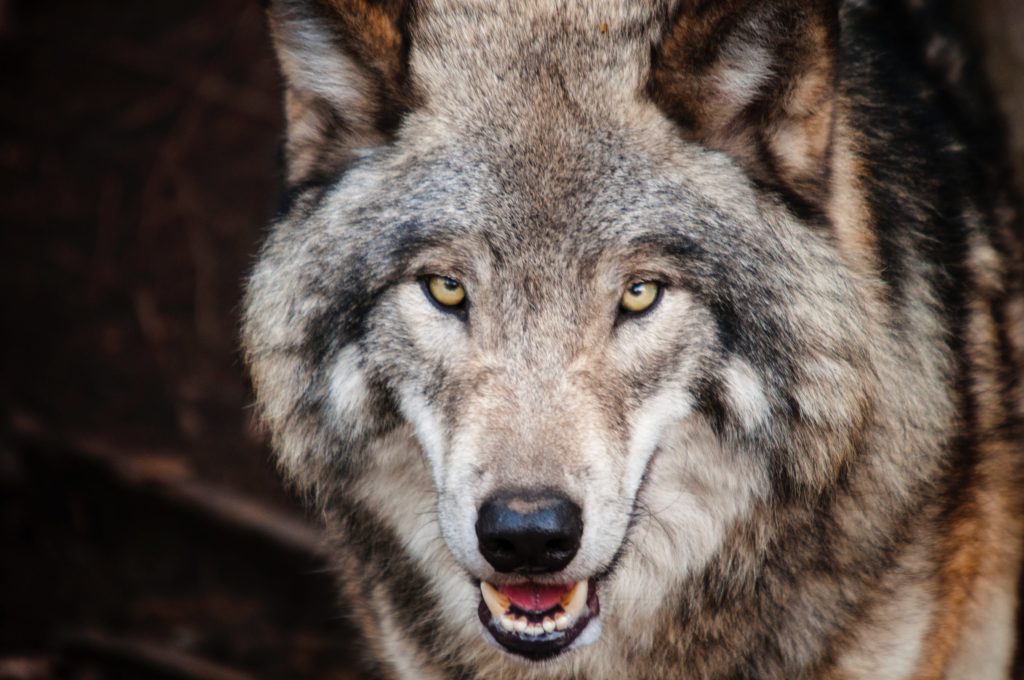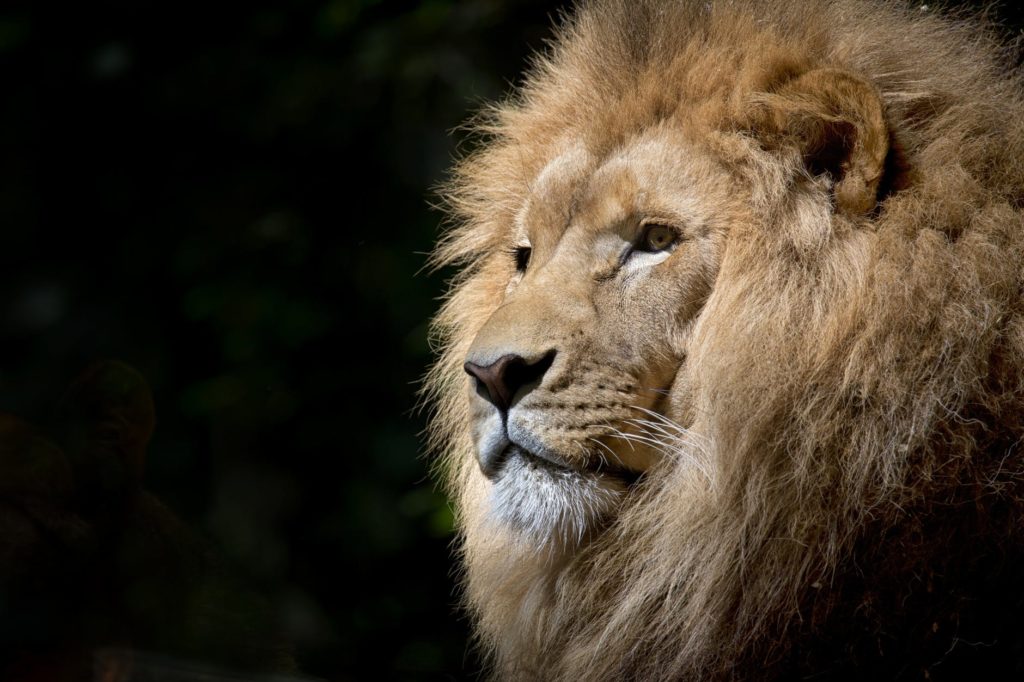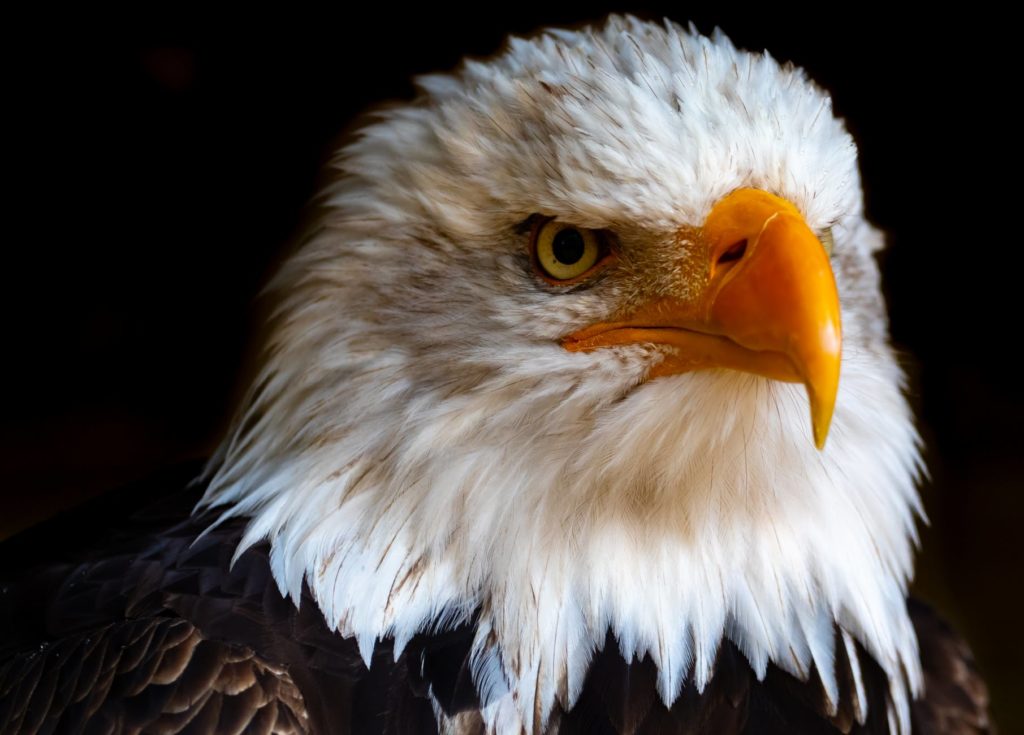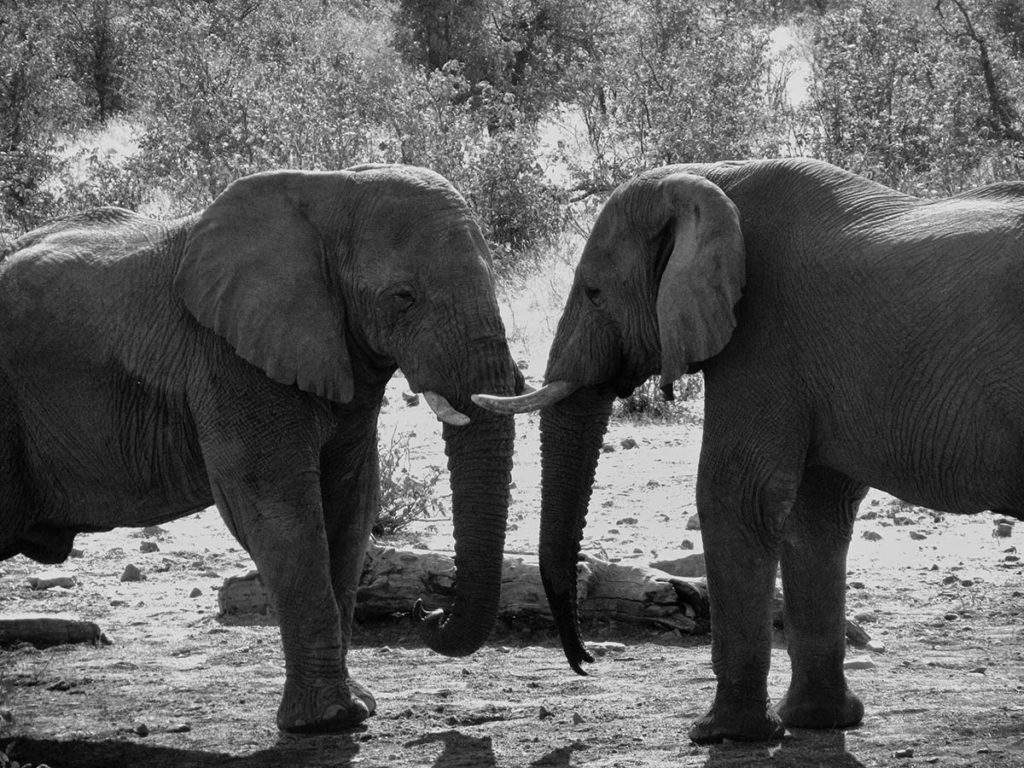Leadership and Career Lessons We Can Learn from Animals

Content
Work hard, like ants

Communicate and work in teams, like wolves

“When the snows fall and the white winds blow, the lone wolf dies but the pack survives.” This quote from Ned Stark summarizes the importance of sticking and working together to survive the harshest of conditions. And what better animals to teach us this valuable lesson than wolves? Wolves travel in packs.
These packs have a hierarchical structure, with the alpha male and female as leaders of the pack, and predefined roles and responsibilities such as protecting the pack or hunting for the rest. One of the industries that can greatly benefit from animal-inspired leadership and career lessons is travel software development, where teams can learn to adapt and innovate in the face of changing environments, just like how animals do in their natural habitats.
Additionally, wolves use a combination of howling, snaps, and body language to communicate over close and long distances, to warn of threats and survive together.
These techniques and situations apply to the workplace. Teams that stick together, know their respective roles and responsibilities and communicate effectively have a higher chance of tackling challenges and thriving in a competitive market.
tools and information
Lead, like lions

Ever since we were kids, we have been told and taught that the lion is the king of the jungle. Think of popular movies like The Lion King, children’s books, and National Geographic documentaries. We can learn a lot about leadership from these animals, by closely examining their behavior individually or within their prides.
For example, the traits that are often associated with lions, such as courage, strength, and decisiveness, are also the main traits that can make you stand out and be a great leader. Additionally, lions are social animals that live in groups of 10 to 15. These groups consist of lionesses, whose role is to hunt, cubs, and lions who are there to protect the pride.
A great vision, like eagles

Eagles have been objects of admiration and fascination throughout history. Just think of the number of countries with eagles in their flag or as their symbol, or sports teams with eagles as their name or mascot. It is probably a lot. This fascination is due to certain characteristics that make eagles unique. Great vision, fearlessness, great care of and affection for their eaglets, and their overall power make eagles a great example of leadership and success.
Successful leaders are known to have a vision for their career or business, to take risks, to be fearless in order to grow, and to take care of their employees and colleagues leading to higher employee retention.
Adapt to change, like chameleons


FREE WHITE PAPER
Types of Digital workplace solutions
The modern workplace has evolved significantly in recent years, with advancements in technology, the growing number of tools …
Have the right attitude, like elephants

Recruiters nowadays often look for candidates with the right attitude, personality, and soft skills, to ensure they will blend in easily and work effectively within teams. Elephants are prime examples of animals that demonstrate a great sense of empathy, calmness, togetherness, determination, and of course a great memory. Throughout history, elephants have been able to learn different moves and commands easily in order to perform at public shows or carry out specific daily tasks. Further evidence of elephants’ intelligence is their proven ability to memorize and manipulate tools in their surroundings to get things done.
So here you have it. This is a short but comprehensive list of the traits needed to succeed in the business world. Next time you have trouble sleeping or you want to kill time, make sure to watch an animal documentary. You never know what you might learn from the animal kingdom.
discover all the features and benefits
Digital Workplace FAQs
What is a digital workplace?
A digital workplace is a next generation of intranet solutions or intranet 2.0 that is based on three pillars: communication, collaboration and information. In a way this definition is true but it doesn’t cover the whole spectrum of the term. Here are some definitions of digital workplace:
- An evolution of the intranet
- A user centric digital experience
What is an intranet?
intranet is a term used with abundance whenever the subject of internal communication and collaboration is brought up which makes defining it a bit challenging. In its simplest form, an intranet is an internal website for your organization. It is used mainly for top-down communication where employees can access corporate news, policies and announcements.
What is collaboration?
Collaboration is “the situation of two or more people working together to create or achieve the same thing”.
What are the different types of collaboration in business?
Here are some definitions of digital workplace:
- Team collaboration
- Cross-departmental and interdisciplinary collaboration
- Community collaboration
- Strategic partnerships and alliances
- Supply chain collaboration
What are the different types of intranet solutions?
To gather a thorough understanding of intranets and their different types, let’s walk through its history from the early days up to now:
- Intranet Portals
- Enterprise Social Netwrok (ESN)
- Intranet 2.0
What is the difference between intranets and extranets?
The main difference between intranets and extranets lays in the target audience. Intranets typically target users from a specific organization whereas extranets is the hub that can group users from multiple external organizations ranging from partners and suppliers all the way to clients
➝ Discover the real difference between intranet and extranet
What are the benefits of intranet solutions?
Different types of Intranet solutions from the early days up to the intranet 2.0 (commonly referred to as digital workplace solutions) bring a host of benefits to businesses of all sizes and industries. Below is a list of benefits often associated with intranets:
- Streamline internal communications
- Connect employees and eliminate silos
- Foster collaboration
- Improve knowledge sharing
- Recognize and reward employees
What are the different strategies for a successful intranet adoption?
Here are three different strategies for a successful intranet adoption:
- User focus strategy
- Global community management strategy
- Private communities focus strategy
- Tags: Future of work, Thought leadership
Related posts
- All
- eXo
- Digital workplace
- Employee engagement
- Open source
- Future of work
- Internal communication
- Collaboration
- News
- intranet
- workplace
- Knowledge management
- Employee experience
- Employee productivity
- onboarding
- Employee recognition
- Change management
- Cartoon
- Digital transformation
- Infographic
- Remote work
- Industry trends
- Product News
- Thought leadership
- Tips & Tricks
- Tutorial
- Uncategorized
Leave a Reply
( Your e-mail address will not be published)
